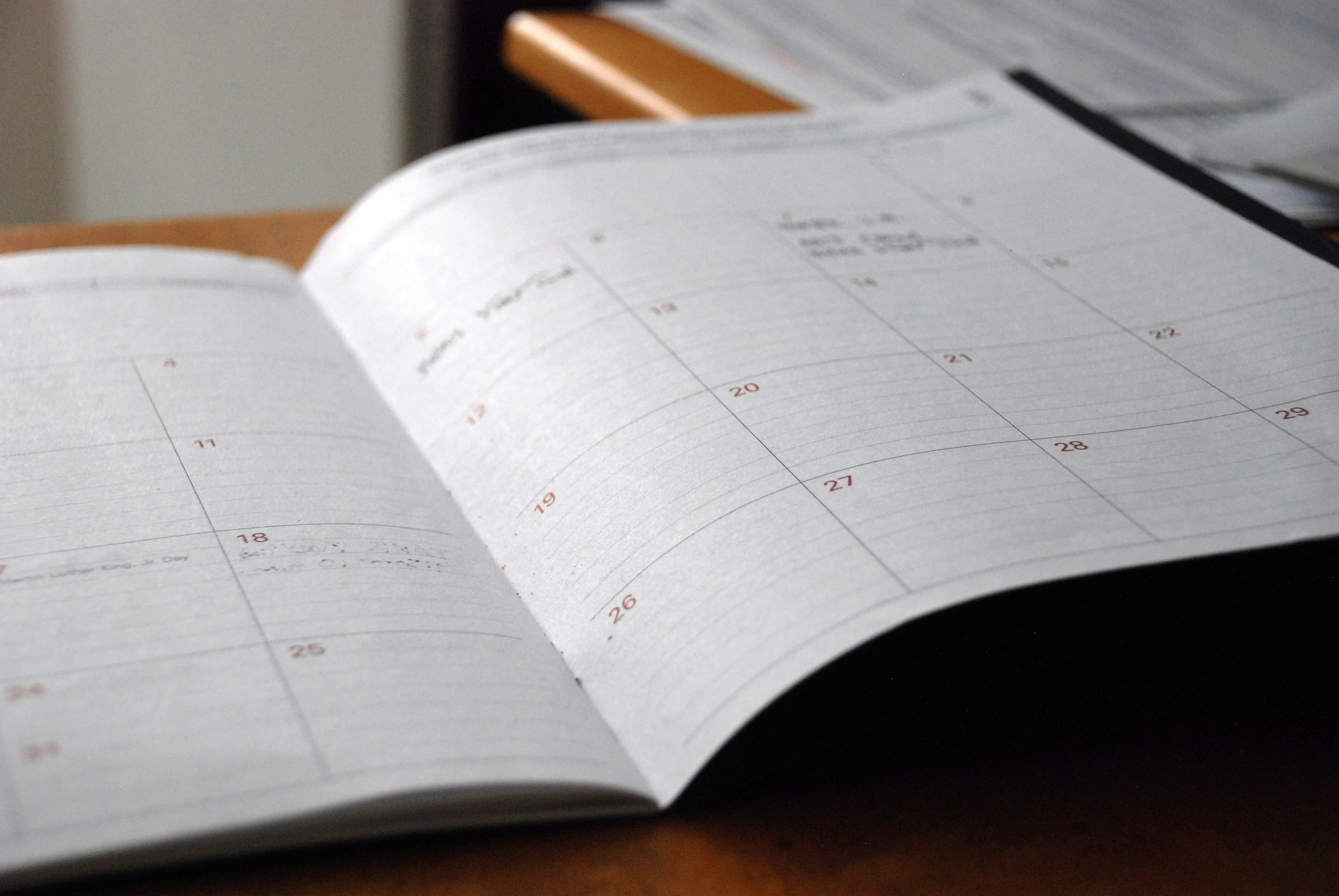
Seasonal Hiring Peaks for Space Industry Jobs: The Best Months to Apply & Why
The UK's space industry has emerged as one of Europe's most strategically vital and technologically advanced sectors, with roles spanning from junior satellite engineers to principal spacecraft scientists and heads of space systems development. With space positions commanding salaries from £32,000 for graduate aerospace engineers to £135,000+ for senior space systems architects, understanding when organisations actively recruit can dramatically accelerate your career progression in this extraordinary and rapidly evolving field. Unlike traditional aerospace roles, space industry hiring follows distinct patterns influenced by launch windows, government space initiatives, and satellite constellation deployment schedules. The sector's unique combination of advanced aerospace engineering, orbital mechanics, and space systems integration creates predictable hiring windows that strategic professionals can leverage to advance their careers in building tomorrow's spacecraft and satellite technologies. This comprehensive guide explores the optimal timing for space industry job applications in the UK, examining how national space strategies, academic research cycles, and space technology initiatives influence recruitment patterns, and why strategic timing can determine whether you join a cutting-edge space development team or miss the opportunity to develop the next generation of satellites and space exploration systems.

